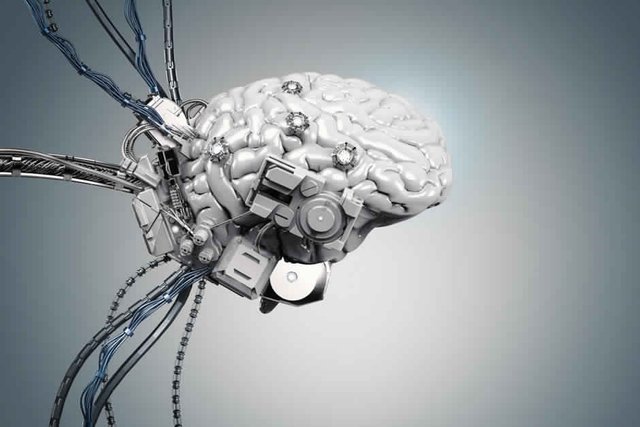Neuralink: Future of the Brain-Computer Interface

Despite the invention of rockets, nuclear power, automobiles, personal computers, internet, the formation of complex societies and the superior way of life humans have managed to achieve, surprisingly we still use a 200,000-year-old version of the human body. The anatomically modern humans evolved from the archaic humans in the Middle Palaeolithic, about 200,000 years ago. Today when two people are together and talking, they’re using 50,000-year-old technology. In a world run by astonishing machinery, the people who made all the machines are still walking around with the same fragile biological bodies. So has the time finally arrived for the upgrade to Human 2.0? Maybe that day is closer than we anticipate, the brain’s next great frontier may be itself.
The CEO of Tesla and SpaceX, Elon Musk has acquired Neuralink, a company developing ultra-high bandwidth brain-machine interfaces to connect humans and computers. Neuralink’s short-term aim is to make devices which could treat serious brain diseases, with the ultimate goal of human enhancement relying on ever-developing technology. The idea of merging man and machine, as much as it sounds like a crazy mix of futuristic technical and adamant human biology, is a healthy dose of, “what does it even mean to be human?” thrown in for good measure. Computers and brains already talk to each other daily in high-tech labs – and they do it better and better. For example, disabled people can now learn to govern robotic limbs by the sheer power of their mind.
Neuralink is a massive idea. It may fundamentally affect our understanding of being a human and how we communicate and interact with our fellow humans (and non-humans). There’s a possibility this could be a factor towards shaping the further evolution of mankind. Imagine how great it would be if we could shape what our species would become over time.
Musk believes that brain-to-machine interfaces are an important part of humanity’s future, Musk stated publicly that given the current rate of A.I. advancement, humans could ultimately expect to be left behind—cognitively, intellectually—”by a lot.” (He fears eventually the AI could turn us into house cats.)
Neuralink’s “neural lace” technology involves implanting electrodes in the brain to measure signals. The neural lace could initially be used to study the brain mechanisms and treat disorders such as epilepsy or clinical depression. Together with electrodes for “reading” the brain activity, it could also implant electrodes for stimulating the brain – making it possible to detect and halt epileptic seizures.
Brain-Computer Interface (BCI) technology is a powerful communication tool between users and systems. BCI is defined as computer technology that can interact with neural structures by decoding and translating information from thoughts (i.e., neuronal activity) into actions. It does not require any external devices or muscle intervention to issue commands and complete the interaction. BCI technology has been used to treat ALS patients and other neurodegenerative diseases. The research community has initially developed BCIs with biomedical applications in mind, however, the scope of research has been further widened to include non-medical applications. The possibilities of BCI technology are nowhere near exhausted.
The long-term goals Neuralink plans to achieve are mindbogglingly intriguing and promising. One of the goals is creating new implants that can be surgically inserted into the human brain, although a form of this technology already exists which is used to help treat blind patients, those suffering from neurological diseases, and other conditions. The company is planning to engineer better neural laces or webs that can integrate into the brain, for possible cognitive enhancement.
For such ambitious goals, there are many major hurdles to be faced. The major hurdle is the bandwidth, for implementation of such a complex technology a few hundred electrodes aren’t enough to measure the signals generated while simply thinking, a much higher bandwidth is required. Making BCIs high-bandwidth alone would be a huge deal, as would developing a way to non-invasively implant devices. Another hurdle faced would be the biocompatibility, Delicate electronics tend to not do well inside our squishy brains. And the human body tends to not like having foreign objects in it.
Nevertheless, despite these hurdles, BCI has progressively achieved several monumental milestones. DARPA, the technology innovation arm of the US military, through their recently funded BRAIN program, is working on tiny, “closed-loop” neural implants that could replace medication. In conclusion, the human brain is fascinatingly complex, the ongoing projects and researches have progressed by leaps and bounds, but perhaps this is probably the hardest human endeavor in the world and we could not be anything but exhilarated to see what the future has in store for us!